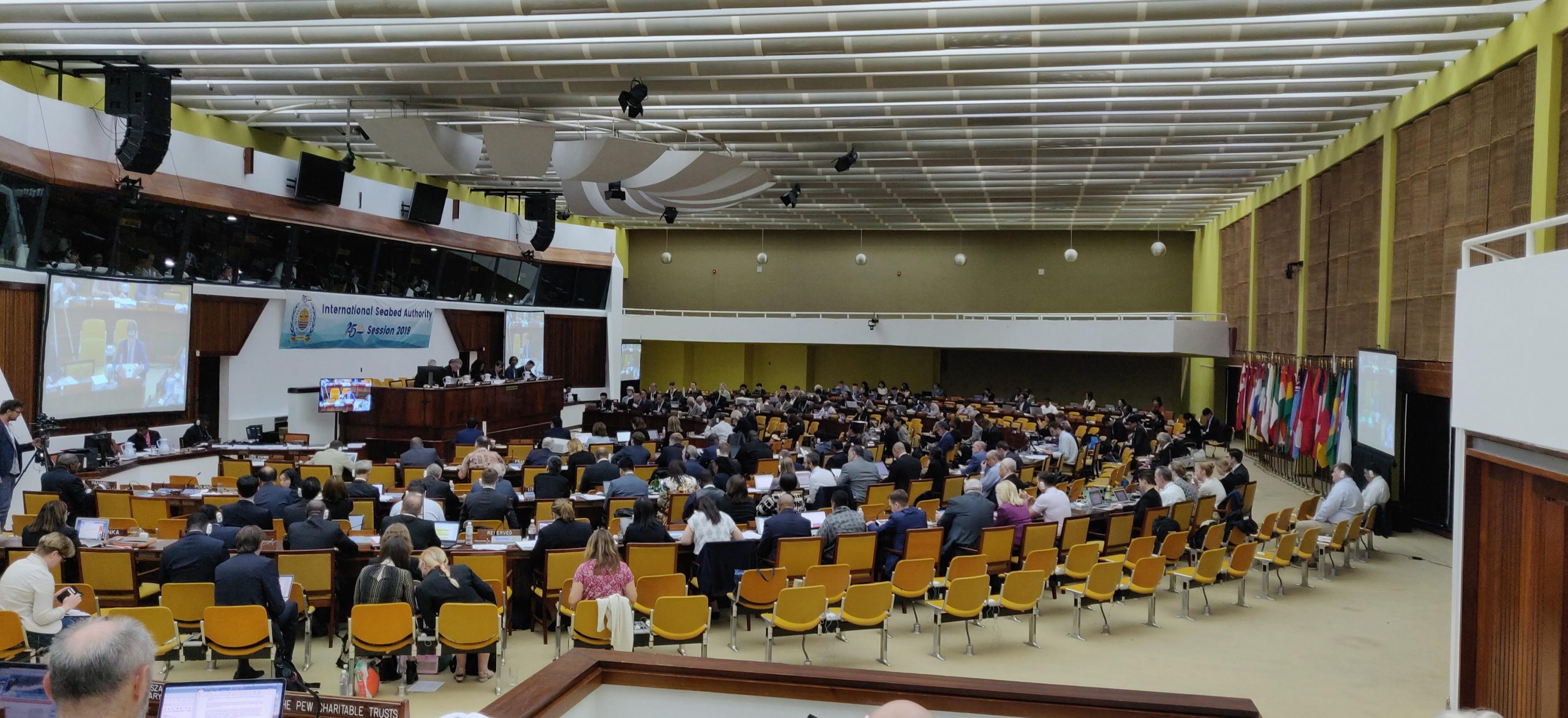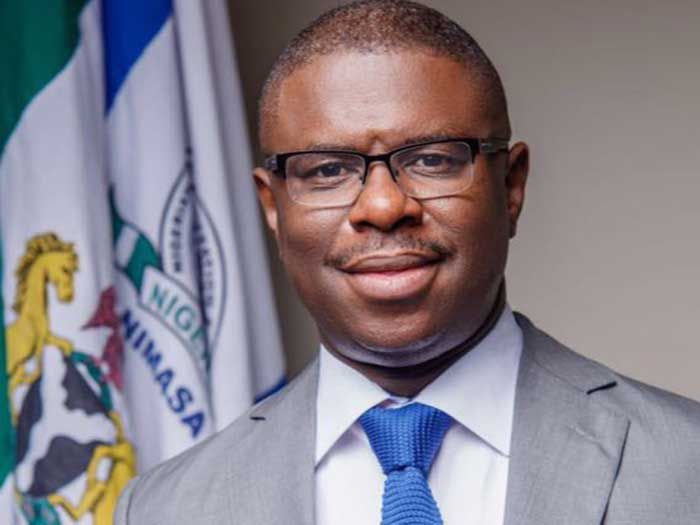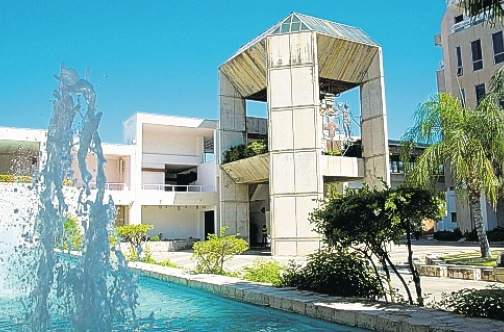Andrew Thaler for the Deep-sea Mining Observer
Tasked with determining if and how the resources of the deep seafloor in areas beyond national borders would be extracted for their metals and parceled out to meet the profit needs of mining contractors and fulfill the International Seabed Authority’s mandate to manage the seafloor for the good of humankind, representatives of nations, NGOs, and other organizations gathered last month in Kingston, Jamaica. After a prolonged period of reduced activity, delegates and stakeholders from around the world met in person for the first time since February 2020 to set the course for deep-sea mining in 2022 and 2023.
A dark cloud hung over the first council meeting, as numerous nations took the floor to condemn the Russian Federation’s ongoing invasion of Ukraine. As the Russian delegation attempted to defend its country’s incursion into Ukraine and issue a halfhearted lecture to the gathered diplomats that they were here to advance the goals of ISA, not make political statements, a majority of those in the room rose and simply left. It was a dramatic start to a long and consequential meeting.
Following initial statements, the formal meeting began with the recognition of the passing of former ISA Secretary-General Nii Allotey Odunton on February 13, 2022. Mr. Odunton had served in numerous roles within the United Nations Secretariat and was the first African to serve as Secretary-General of the International Seabed Authority. As his memorial, in Ghana, occurred concurrently with the first session of the ISA, many high-level representatives of the ISA, including the current Secretary-General, were absent for part of the deliberations in Kingston.
Weighing heavily on the agenda was a new sense of urgency spurred on by the invocation of Article 15, the 2-year countdown, which now mandates that the ISA approve a mining code by summer, 2023, or be required to review any draft plan of work on its own merits, absent guidelines and directives established by the governing body. Following a day and a half of formal plenaries, the Council then broke into a series of informal working groups for the remainder of the two weeks, reconvening only occasionally to vote on essential procedural issues that enable the International Seabed Authority to continue functioning. While those informal working groups did produce substantial progress on a number of issues, as the two-week meeting came to a close, it was clear that very little consensus had been reached, pushing yet more decisions back to the critical July Meeting.
“The July meeting will pile on pressure on delegates to continue to rush through the regulations, standards and guidelines.” says Duncan Currie of the Deep-sea Conservation Coalition. “If I had to say what’s the biggest practical hurdle, it’s lack of time. The Standards and Guidelines discussion literally stopped soon after being started as they ran out of time.. observers didn’t even have the opportunity to make opening remarks.”
As more decision-making is pushed to July, observers worry that the lack of time and the pressure of the 2-year countdown will result in regulations that are, at best, rushed, if not fatally flawed. “The [Institutional Working Group] is only allocated I think 1 1/2 days in July, Inspection and Compliance 1 day and Environmental 2 1/2 days,” continues Currie. “This is nowhere near sufficient – obviously, given the lack of progress in the last meeting. I say this not to say that they should have longer meetings or run them differently, but to show that development of the [regulations] can’t possibly be completed properly by July 2023.”
The delegation from the Federated States of Micronesia took the floor to assert that any mining code must recognize the value of traditional indigenous knowledge in conjunction with best available scientific knowledge when managing marine resources. Numerous other delegations rose in support of FSM’s proposal to integrate indigenous knowledge into both the Mining Code and the Standards and Guidelines.
“From my experience in terrestrial mining, there are many really critical, if hard to measure, aspects of traditional ownership and connection that can easily be missed,” says Renee Grogan of Impossible Mining. “Some examples are the ‘sense of connection to place’, as well as the role that storytelling plays in indigenous heritage, and the extent to which large-scale impacts might actually render those stories no longer relevant or applicable. These potential impacts are often difficult to measure, but they are extremely important, and I don’t believe it’s possible to estimate them without working closely with indigenous groups and traditional owners. Impossible Mining would obviously be looking to achieve a collection method that does not impact on any indigenous heritage values – and at the heart of that is an avoidance of large scale ecosystem damage – and the ability to ensure the ecosystem remains functioning after harvesting is complete. It’s a complex story, and only by engaging with traditional owners will we be able to work out if we are on the right track.”
Many other issues we brought to the floor during informal discussions, including a requirement for gender impact analyses–noting that mining is one of the worst sectors for gender-based discrimitation and that Gender Diversity and Equality is among the UN’s Sustainable Development Goals. Many observers noted that, though the current draft regulations are being developed with a focus on polymetallic nodule mining, particularly with regard to the financial model, the final Mining Code will apply to all three forms of deep-sea mining, including seafloor massive sulphides, cobalt-rich crusts, and polymetallic nodules. How those comments will be incorporated into the draft texts was also a point of concern for several member states, who noted that it was still unclear how or why specific comments were either incorporated into new drafts or ignored and that the track changes provided were, in some cases, insufficient.
On a more concretely procedural issue, many delegations raised the point that, in the first example of the Environmental Impact Assessment process for an exploitation permit — The Metals Company’s proposal for testing a nodule collector in the Area through their NORI subsidiary — the process felt incomplete. Stakeholder engagement was cut off after the release of a nearly-600 page addendum to the initial EIA, allowing civil society barely a day to digest the changes before engaging in a relatively short webinar to voice their concerns. Many among the observers expressed frustration and echoed the impression that the process intentionally minimized stakeholder input. To those criticisms, delegates from Nauru responded that at some point, an EIA has to be submitted, they cannot afford to send it through an unending cycle of feedback, and that they felt the application, in its current form, was ready for the Legal and Technical Commission.
That final point led directly into the most contentious and confusing part of the session: the debate over the composition and election of LTC members.
The First Part of the 27th session of the International Seabed Authority came to a dramatic and chaotic close in the late hours of April 1, 2022. Having spent the final day in informal working groups to hammer out the rules for the election of new members to the Legal and Technical Commision, delegates gathered at 6PM to begin the final plenary. At issue were questions of geographic representation on the LTC, the main body which reviews environmental impact assessments, plans of work, compliance reports, and other technical documents from the mining contractors. Establishing a method to ensure that experts from all geographic regions are represented on the LTC is viewed by many as essential for fulfilling the ISA’s mandate.
This negotiation was challenged by the late hour — ISA meetings rarely go past the early afternoon on the final day, and many delegates planned their travel home based on that convention — as well as a major organizational failure: the contract with Interprefy, the interpretation service used throughout the conference, expired at six, and real-time interpretation was no longer available.
During the extended discussion, several delegations noted that without interpretation, they were not sure what exactly they were voting on, with France intervening after the vote to request a prompt translation of the documents so that they could see what they had just agreed upon.
“Fundamentally, [this debate] shows how powerful the LTC is in practice, that it really matters who is on it.” says Duncan Currie of the Deep-sea Conservation Coalition. “The progress they didn’t make is pretty incredible. To my mind it’s very much a north/south issue, and won’t be resolved any time soon – and also shows how unfit for purposes the ISA is.”
The final decision on the LTC election mechanism was ultimately pushed back to the next ISA session, with an interim group working on recommendations for what that mechanism will look like, as well as a timeline and a mechanism to extend that timeline.
While the outcome of this after-hours discussion was likely not altered by the absence of translation services, the symbolism of only allowing English speakers to participate in a discussion on how to improve geographic representation on the LTC was not lost on those in attendance.
We reached out to many stakeholders from member states, observer groups, and the secretariat, but due to the highly political nature of ISA deliberations, many were not in a position to provide a comment to the Deep-sea Mining Observer.
Featured Image: Delegates at the 25th Session of the International Seabed Authority. Photo by author.




